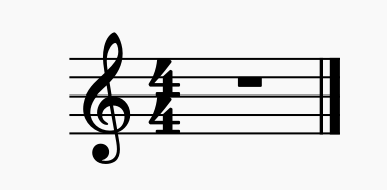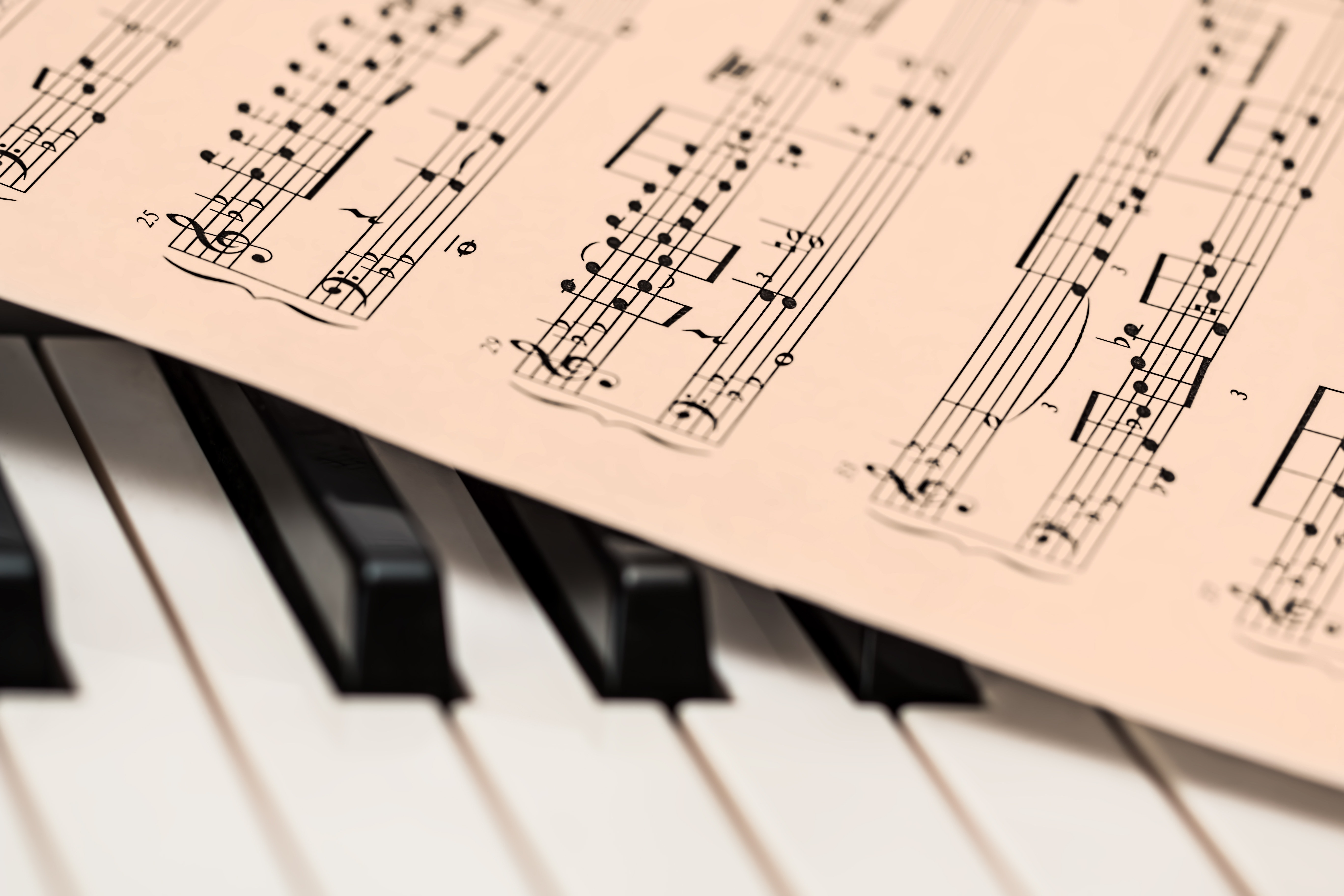The Treble Clef: Unlocking the Melodic Mysteries
Are you ready to embark on a journey into the world of music theory? We're about to explore the fascinating realm of treble clefs. By understanding these essential musical elements, you'll soon be reading and playing sheet music like a pro. So, let's dive in!
Content
- What is a treble clef?
- Note names and pitches
- Instruments and the Treble Clef
- The Piano - Bridging the Gap
- Why Learn Music Theory
What is a treble clef?
Let's talk about the treble clef, which is like a special signpost on our musical highway.

The treble clef, also known as the G clef, looks like a fancy swirly symbol. This magical little squiggle tells us where the notes on the stave are placed. When you see a treble clef at the beginning of a piece of music, it means the higher notes are coming your way. It's like a musical hint that tells you to put your focus on those lovely high-pitched notes.
The treble clef starts its spiralling journey from the second line on the stave. So, whenever you spot the treble clef, remember that the second line from the bottom is the note G. It's like the anchor for all the other notes above it.
Note Names and Pitches:

In music, each note has a name and a specific pitch. The treble clef helps us determine the pitch of the notes on the stave. Starting from the second line (remember, that's G), the lines and spaces represent different notes. The lines, from bottom to top, are E, G, B, D, and F (making it easier to remember with the phrase "Every Good Boy Deserves Fudge"). The spaces, from bottom to top, spell out F, A, C, and E (which you can remember as "FACE").
These note names help us read and play music more accurately. By recognizing the patterns on the stave and understanding the note names, we can bring melodies to life!
Instruments and the Treble Clef:

Now that you know the basics of the treble clef, let's explore which instruments typically use it. The treble clef is primarily used by instruments that produce higher-pitched sounds. Here are a few examples:
-
Piano and Keyboard Instruments: While the piano covers a wide range of notes, it uses both the treble clef and the bass clef. The right hand plays the higher notes in the treble clef, while the left hand plays the lower notes in the bass clef. It's like a musical juggling act!
-
Guitar and Ukulele: These stringed instruments often use the treble clef to notate the melody and higher-pitched chords. Guitarists and ukulele players commonly read sheet music written in the treble clef to play their favourite tunes.
-
Flute: As a member of the woodwind family, the flute uses the treble clef to represent its range of beautiful melodies. When flautists read sheet music, they rely on the treble clef to guide their fingers and create sweet, airy sounds.
-
Violin and Other String Instruments: The violin, along with other string instruments like the viola and cello, uses the treble clef to notate its higher notes. These instruments produce magnificent, soaring sounds that resonate with emotion.
Remember, these are just a few examples, and many more instruments use the treble clef. It's important to note that while certain instruments primarily use the treble clef, they may switch to other clefs depending on the range of notes being played.

The Piano - Bridging the Gap Between Treble and Bass Clef
Now, let's talk about the piano in a little more detail - a unique instrument that bridges the gap between the treble clef and the bass clef. As mentioned earlier, the piano uses both clefs simultaneously. The right hand plays the higher notes on the treble clef, while the left hand handles the lower notes on the bass clef. It's like having two musical worlds come together on one instrument!
When reading sheet music for piano, you'll notice that each hand has its own set of notes to play. This allows the piano to create rich harmonies and intricate melodies that span a wide range. As you become more proficient at reading sheet music, you'll master the art of coordinating your hands to produce beautiful music on the piano.
Understanding which instruments use the treble clef and the role of the piano in connecting the treble and bass clefs gives you a broader perspective on how music is notated. Whether you're playing the piano, guitar, flute, or any other instrument that uses the treble clef, this knowledge will help you navigate sheet music with ease. Keep exploring, keep practising, and don't forget to have fun along the way!
Why Learn Music Theory?
Understanding music theory is like having a secret codebook. It helps you unlock the language of music, communicate with other musicians, and explore new musical territories. By learning to read sheet music, you open yourself up to a world of possibilities.
If you're excited to dive deeper into the wonders of music theory, it's a great idea to seek guidance from a music teacher. They can help you grasp the fundamentals, improve your skills, and unleash your musical potential. You can find valuable resources and information on clefs by visiting articles such as our guide to the Bass Clef. Additionally, to expand your knowledge on pitch and other music theory concepts have a read through our glossary of musical terms.
Congratulations! You've taken your first steps into the enchanting world of treble clefs. You're well on your way to becoming a music theory maestro. Remember, practice makes perfect, so keep exploring and challenging yourself.
